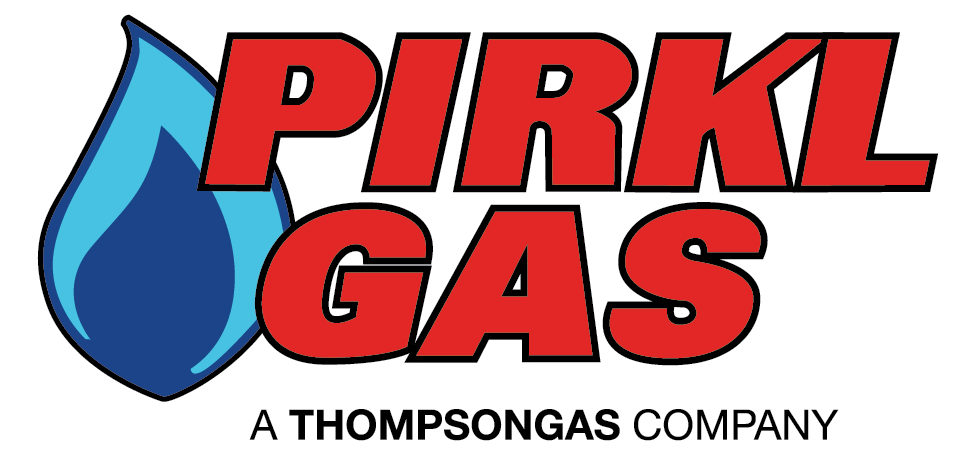Propane Tank Overview
Propane tanks are constructed of heavy steel and are specially painted with a mastic coating to prevent corrosion. Environmentally friendly, a propane tank will typically last for 30 to 40 years.
Single-family homes can be fueled by tanks of varying sizes, depending on demand. Smaller 100-gallon propane tanks provide energy for appliances, while 1,000+ gallon tanks can fuel very large homes with additional energy demands, such as swimming pools, hot tubs, outdoor kitchens, and patio lighting. Generally, 500-gallon propane tanks easily accommodate an average four-bedroom home.
Installation Overview
Excavation is usually small – approximately four feet wide by twelve feet long by five feet deep. A 500 gallon underground propane tank installation requires a 12′ x 5′ x 4.5′ deep excavation with six inches of sand at the bottom of the hole. The tank is placed in the hole and a magnesium bag is attached to the tank to prevent electrolysis from harming the tank. The tank is then backfilled with sand and landscaped.
The minimum distance between the propane tank and the home and property line is 10 feet, but the tank can be located anywhere on the property as long as the delivery truck’s 100-foot hose can reach it.
Underground piping is similar to natural gas. A trench 18″ deep is standard with sand surrounding the plastic pipe. Atop the riser at the house is a regulator that will connect to the inside piping.
Once installed, underground tanks are scarcely noticeable except for filling connections and valves which are housed in a small dome protruding just inches above the ground. Standard landscaping is often done around the dome and over the spot where the tank is buried.
Propane retailers are professional gas installation specialists and are willing to work with builders to make sure the price and the product are a perfect fit.
